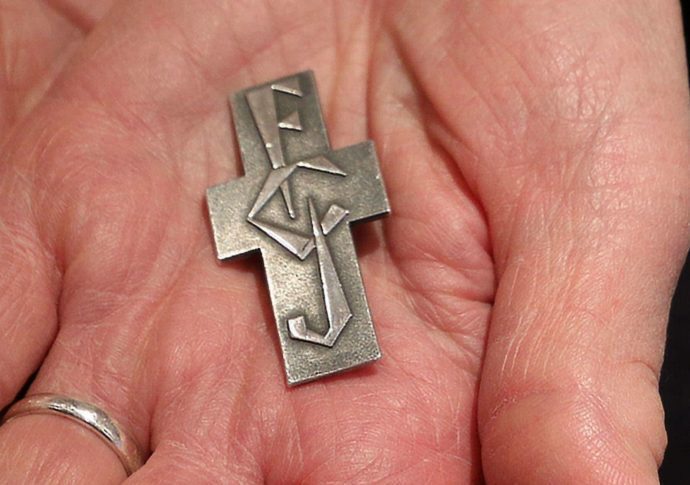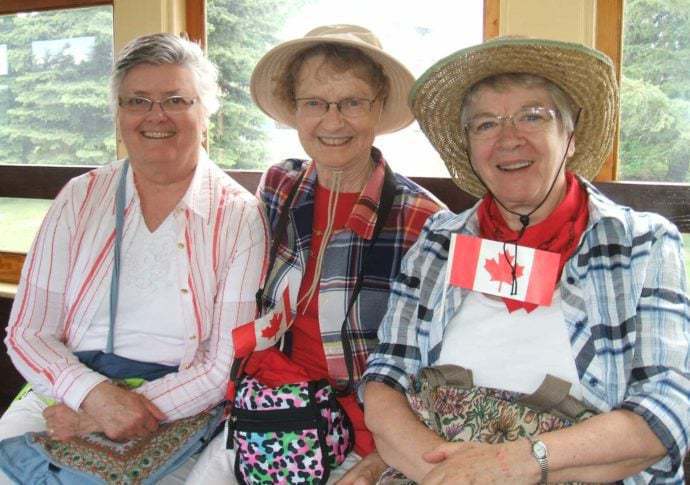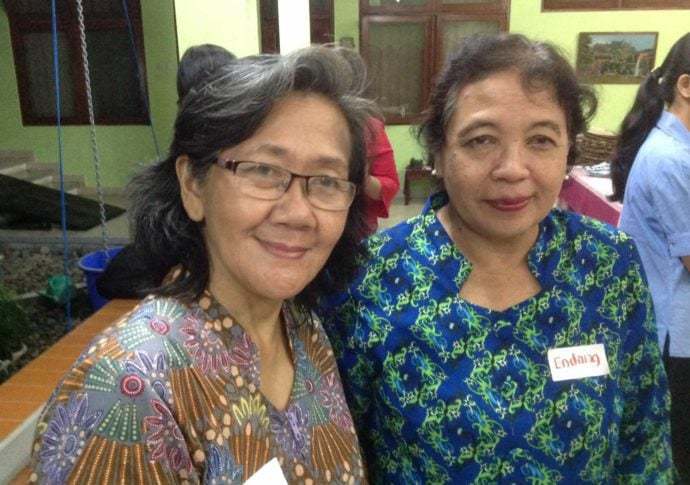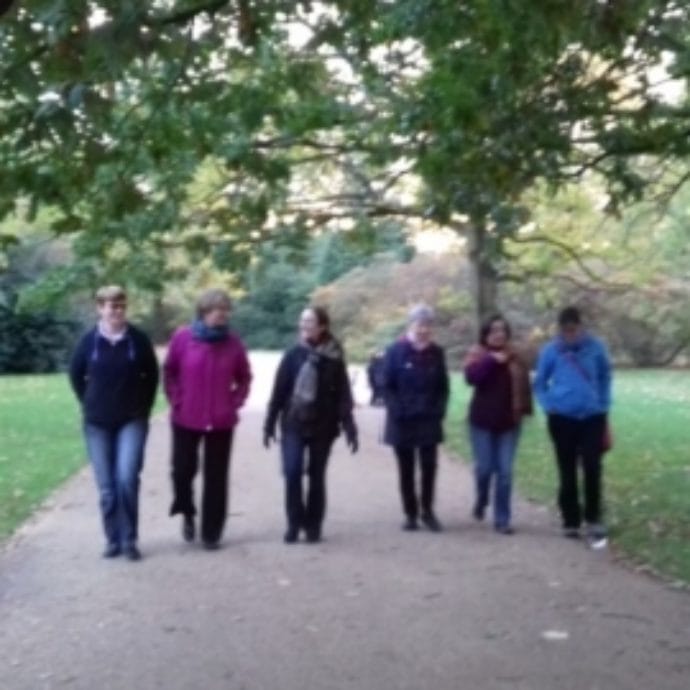Prompted by the release of the Cabrini film, Ann Rennie, Companion in Mission from Australia, shares a reflection on three remarkable women. Ann teaches English and Religious Education at Genazzano FCJ College
I recently enjoyed watching the film, Cabrini. There were only four of us in the Balwyn cinema on a wet Friday afternoon and I wish there had been many more to see this uplifting story of one woman’s heroic endeavour to help those on the fringes. It was a celebration of extraordinary goodness in the face of challenging circumstances. I have already recommended this film to friends and colleagues as one that should be used in religious education classes.
Our young people need to know these stories, these lived examples of what people can do when it comes to addressing issues of social justice or structural inequality. We need to make the stories of good women and good men known to them, so that they recognise that they, too, have the capacity to create change for the betterment of society.
The film tells the story of Francesca Saverio Cabrini, the indefatigable nun (top left photo) who later became the first American to be canonised. Her story, like that of many women who founded religious congregations, was one of faith and fortitude, tenacity and a deep desire to help those on the margins. This was all in response to her profound love of Jesus and her desire to do his will.
The opening scene is heart-wrenchingly sad as we witness a young boy pushing his dying mother in a wheelbarrow, hoping to get help at a nearby hospital. As an Italian immigrant he has no English and his efforts are hampered by the imperious and dismissive attitude of officials. The film highlights the destitution and abandonment of children on the streets of New York City in the late 19th century.
Throughout the course of the movie, we see Mother Cabrini’s tenacious effort, her squaring up to the clerical hierarchy, her setbacks and successes in establishing hospitals, orphanages and schools. The movie was released on International Women’s Day and although not overtly feminist, we see that Cabrini is a woman who refuses to stay in her lane.
Begin the mission and the means will come.
Saint Francis Xavier Cabrini
Her mission makes her bold and efforts to limit what she can do only fire her energy to do more. Her faith is explicit when she says Begin the mission and the means will come. The help she offers the poor cannot wait for the approval or benevolence of the wealthy. It has to start in hard-scrabble style down with the people who are suffering.

I could not help but make links to our own first Australian saint, Melbourne-born Mary MacKillop. The eldest of eight children, Mary knew about poverty first-hand. She started work at fourteen to help the family finances. This care and responsibility for others, the desire to provide better circumstances for the impoverished, fuelled her later life’s work.
Like Jesus, she walked with the poor and weak, those on the fringes of society, the unlettered, unfed and unloved. Mary understood the drover’s wife and the miner’s children, the shearer, the unmarried mother and the vagrant. She recognised the need for a homegrown order of religious women who responded to the Australian story of isolation and the tyranny of distance.
Thus was founded the Sisters of Saint Joseph of the Sacred Heart. The ‚Brown Joeys‘, so known because of their thick brown alpaca habits, would arrive in their twos and threes in dusty outback towns to teach reading and writing and pass on the faith.
Mary was humble and tough, practical, prayerful and persistent. She was a hands-on, sleeves-rolled-up, no-nonsense pioneer holy woman who believed in doing what she could for those who couldn’t. Perhaps she possessed something of a larrikin spirit, another woman who would not stay in her lane. This saw her directly address the needs of those in the bush who hungered and thirsted for both material and spiritual sustenance. Her first classroom was a stable.
I like to think that Mary was a bit of a stirrer, possessing that quintessential Australian characteristic that challenges the status quo in the name of goodness and the fair go we so often espouse.
Mary was a woman who followed through. As she herself said, We must teach more by example than by word.

Another woman who taught by example was the foundress of The Faithful Companions of Jesus, the Venerable Marie Madeleine d’Houët. She saw a need and did something about it. A wealthy widowed woman and mother, she saw the poverty of children in the town of Amiens, the cotton-picking urchins working for next to nothing in the clothing factories. She, too, had Jesus as the model for the work she did in offering these children, and their mothers, an education in faith and life.
Marie Madeleine faced challenges from the local Church, as did Mother Cabrini and Mary MacKillop, but undaunted she persisted with the work she was doing. In her lifetime, she founded schools and orphanages in France and opened many schools on the continent. Her story continues on today when the students at Genazzano are obliged to hear Mrs Rennie extoll her virtues!
Interestingly, each of these three holy women made their way to Rome to see the Pope to advance the cause of their particular apostolic mission. They bumped into the stained-glass ceiling but that did not stop their vision or mission. Mary MacKillop was briefly ex-communicated. Each knew that they were doing God’s will and his work.
Marie Madeleine reminds us that Life is short – let us make use of the time we have on earth.
Life is short – let us make use of the time we have on earth.
Marie Madeleine d’Houët
As we celebrate Mary MacKillop’s feast day on 8 August, let us also bring to mind all those women, known and unknown, feted or forgotten, who have lived and loved way beyond their own family circle; those women whose hearts turned over when they saw children suffering; those women who founded religious orders and took their show on the road to meet the needs of those on the outskirts; those woman who stood up and out responding to the cry of the poor.
Their shining example lights the way for us to do something with what we have where we can.
Let us make good use of the time we have.
Image credits for Mary MacKillop: State Library of South Australia, available in flickr under Creative Commons License 2.20. Credits for Frances Xavier Cabrini: Wikimedia




















